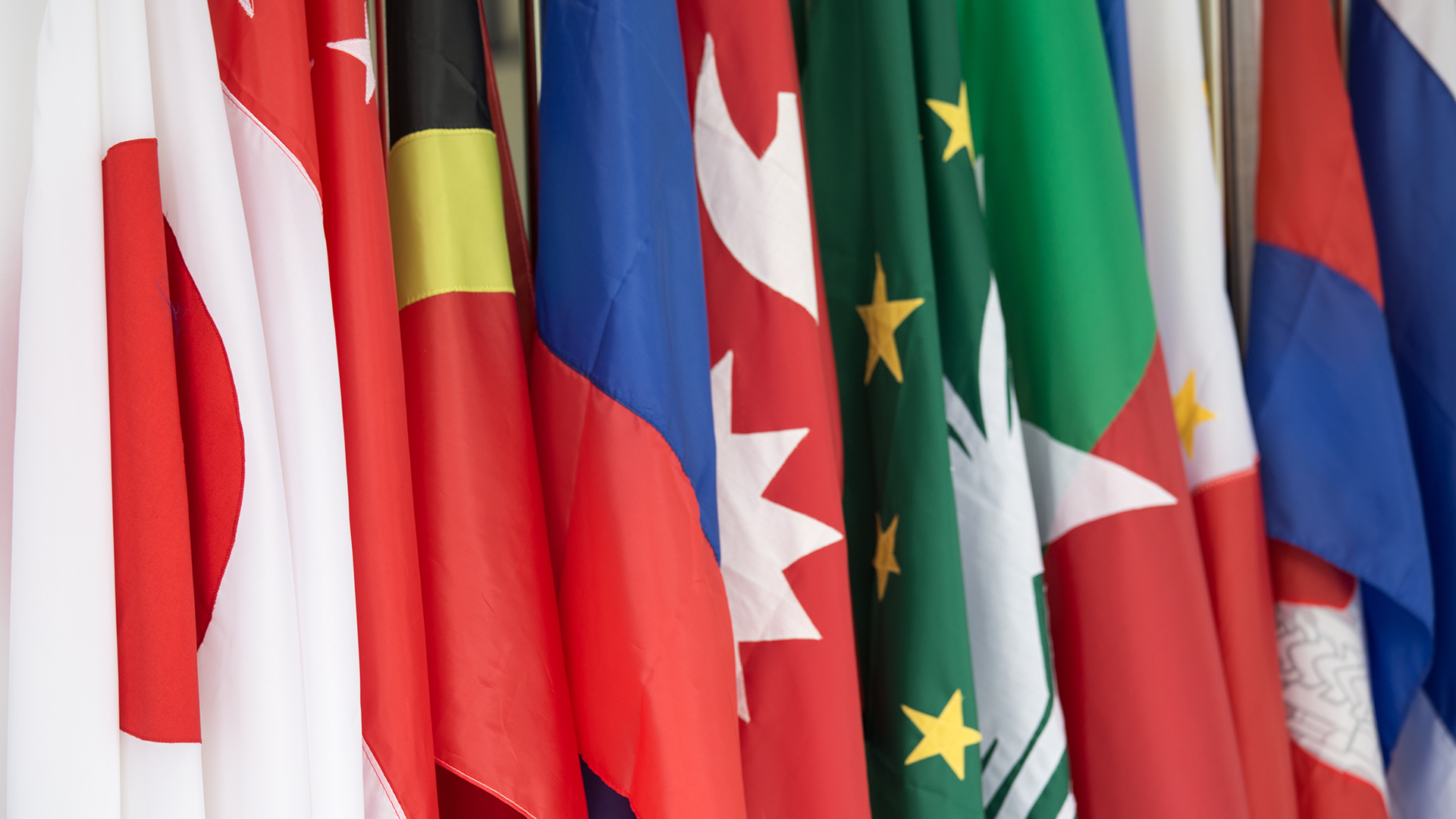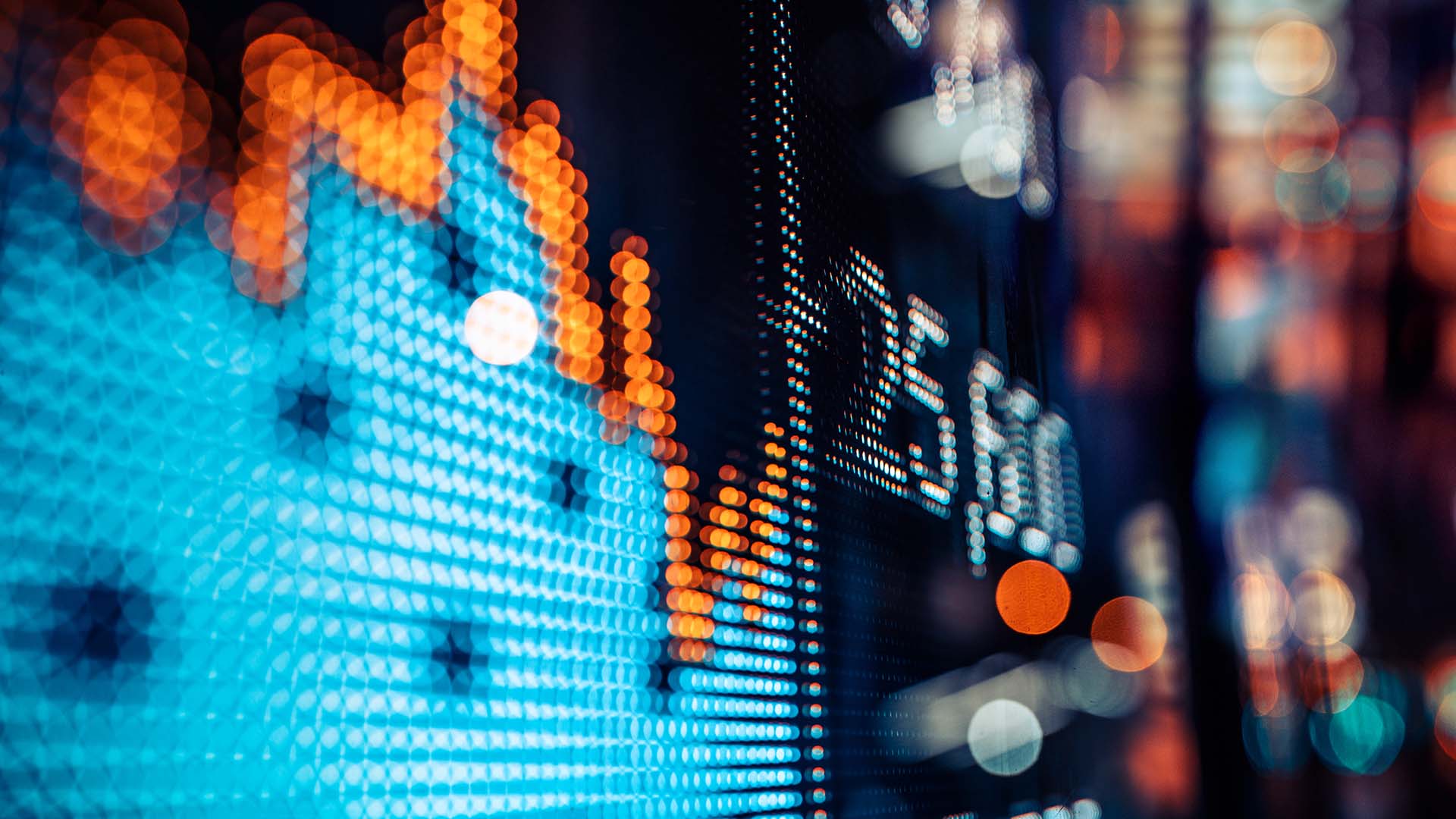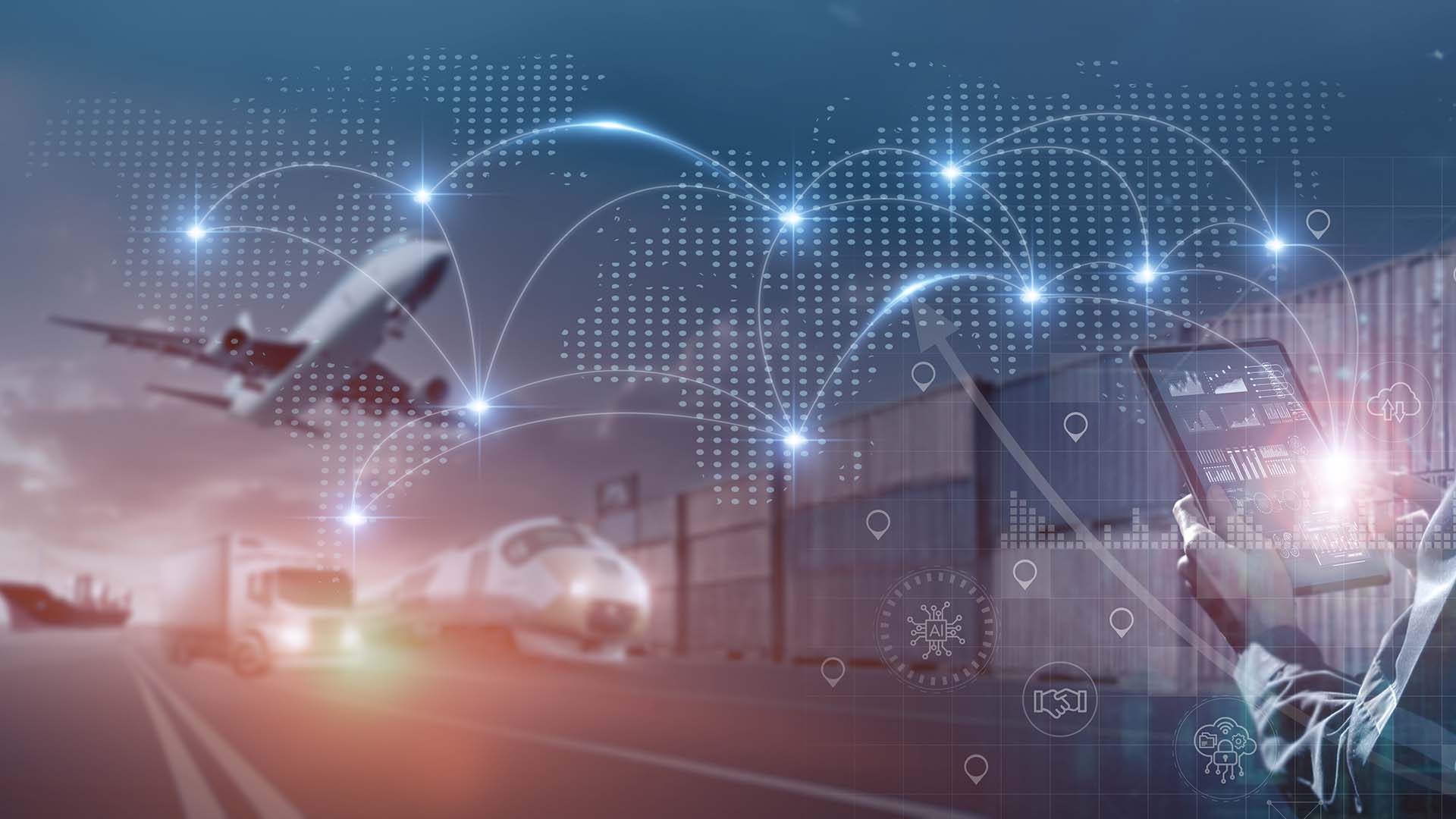

- Shivkumar Seerapu
- Head of Transaction Services, ING Wholesale Banking APAC
As global trade dynamics shift, Shivkumar (Shiv) Seerapu, Head of Transaction Services, ING Wholesale Banking APAC, explores how the move from offshoring to friendshoring is reshaping trade flows across the APAC region. Here, he shares insights into the growing importance of regional partnerships, the rise of multi-country trade blocs, and how these changes are driving more resilient supply chains and inclusive economic growth.
As a corporate treasurer, you’re navigating a world where trade dynamics are shifting fast – and this is as evident in Asia as in any other part of the world. From my seat in Singapore, I’ve seen first-hand how the move from offshoring to friendshoring is reshaping supply chains and financial flows, building supply-chain resilience and highlighting the role of treasury in supporting business resilience.
Over the past few decades, globalisation has driven corporates to shift manufacturing to drive efficiencies, often resulting in concentrated supply chains in specific regions, such as China. While this model maximised cost savings, recent disruptions – from the pandemic to geopolitical tensions – have exposed its fragility. As a result, many companies are now repositioning away from centralisation and towards regionalisation, and from offshoring to so-called friendshoring - a strategy that involves relocating supply chains to countries with stable economic relationships, aiming to build greater resilience and continuity.
The initial move toward reducing risk and dependency on a single location led many global corporates to adopt a diversified supply chain strategy, with countries in Southeast Asia and India emerging as the key beneficiaries. However, friendshoring is about more than just relocating production – it’s about building trusted supplier networks and long-term relationships. South and Southeast Asian countries are particularly well-positioned to benefit from this trend, due to their strategic location, trade openness, and political alignment with both the West and China. At the same time, we’re seeing the rise of regional trading blocs of multiple countries, most notably members of the Association of Southeast Asian Nations (ASEAN) and those in the Regional Comprehensive Economic Partnership (RCEP). While these blocs help reduce systemic risk, they also introduce new complexities for companies managing cross-border flows.
Agile, scalable, and attuned
As trade flows diversify, treasury infrastructure must follow. With more countries in play, corporates need banking partners that combine local insight with cross-border capability. This means they can support treasury teams across jurisdictions, currencies, and regulatory environments. Regional agility is no longer optional; it’s essential.
Treasurers also need to think beyond traditional hubs and build treasury models that are scalable and regionally attuned.
SMEs in the trade arena
But the transformation doesn’t stop at large corporates. One of the most exciting developments in Asia is the growing inclusion of SMEs in the trade ecosystem. Historically, banks have focused on large corporates due to a combination of risk, capital requirements, and cost-to-serve considerations, resulting in a significant trade finance gap for SMEs in the region. Today, thanks to collaboration between governments, fintechs, private credit providers, and banks, SMEs are increasingly gaining access to the capital they need to take part in cross-border trade.
This financial inclusion is unlocking new sectors of the economy and driving grassroots growth. SMEs are the lifeblood of many Asian economies and empowering them strengthens the entire trade supply chain. It’s a shift that’s not only economically smart but also has social impact.
This is also giving rise to alternative financing models – private credit, fintech platforms, and government-backed schemes – that are expanding the trade finance toolkit. These models offer faster, more flexible options for working capital, especially valuable in today’s uncertain environment.
Resilience and reinvention
So, what does this mean for the future? For one, Asia is no longer just a manufacturing hub, it’s a strategic centre for global trade. Second, resilience is no longer a buzzword but a business imperative. And third, the next wave of growth will come not from scale alone but from the strength of regional ecosystems.
For treasurers, this is a moment to lead, not just in managing risk, but in enabling growth. The future of trade in Asia will be shaped by those who are ready to adapt, connect, and capitalise on the region’s reinvention.




